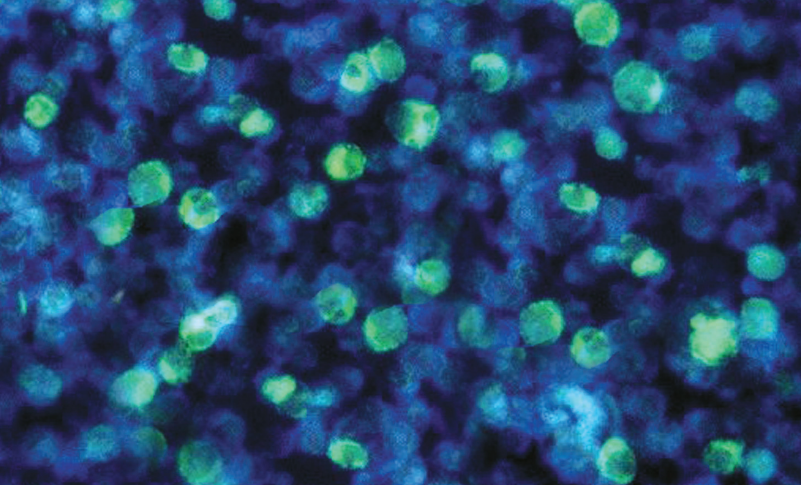Authors: Parag Goyal, Jyoti Iyer, Laxmi Adhikary, Bhavesh Vats, Pradeep Kabadi, Harish Pai, Daniel Ranayhossaini, Shankara Gouda, Malini Subbarao, Gaurav Mehta, Arindam Saha, Arnab Bera, Abhilashi Sahu, Maninder Kaur, Ankita Singh, Ashwani Marwah, Praveen Kumar Reddy Moole, Jeffrey Smith, Ramakrishnan Melarkode & Rajesh Ullanat.
Date: July 22nd, 2021
Link: https://www.future-science.com/doi/10.4155/fmc-2021-0113
Abstract:
Aims: Preclinical comparative similarity studies of trastuzumab-dkst, a Herceptin® biosimilar, are reported
Materials & methods: Primary sequence and higher order structure and pharmacological mechanisms of action were compared using multiple techniques. Pharmacokinetics and repeat-dose toxicity were assessed in cynomolgus monkeys.
Results: Primary structures were identical; secondary and tertiary structures were highly similar. Non-significant differences were observed for charge heterogeneity. Twelve of 13 glycan species were highly similar, with slightly higher total mannose levels in trastuzumab-dkst. FcγR and FcRn binding activity was highly similar. Each drug equally inhibited HER2+ cell proliferation, demonstrating equivalent relative potency in mediating HER2+ cell cytolysis by antibody-dependent cellular cytotoxicity. Pharmacokinetic and toxicological profiles in cynomolgus monkeys were similar.
Conclusions: Trastuzumab-dkst, US-licensed trastuzumab and EU-approved trastuzumab demonstrate high structural and functional similarity.
Financial & competing interests disclosure: This work was supported by Viatris Inc, Canonsburg, PA and Biocon Ltd, Bangalore, India. P Goyal, B Vats, D Ranayhossaini, S Gouda, G Mehta, J Smith and R Ullanat are or were paid employees of Viatris, Inc. at the time of the study and may hold stock with the company. J Iyer, L Adhikary, P Kabadi, H Pai, M Subbarao, A Saha, A Bera, A Sahu, M Kaur, A Singh, A Marwah, PK Reddy and R Melarkode are or were paid employees of Biocon Biologics Ltd at the time of the study and may hold stock with the company. The authors have no other relevant affiliations or financial involvement with any organization or entity with a financial interest in or financial conflict with the subject matter or materials discussed in the manuscript apart from those disclosed.
Writing assistance was utilized in the production of this manuscript. Editorial assistance was provided under the direction of the authors by MedThink SciCom, with support from Viatris, Inc.







